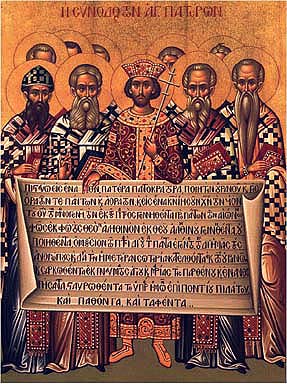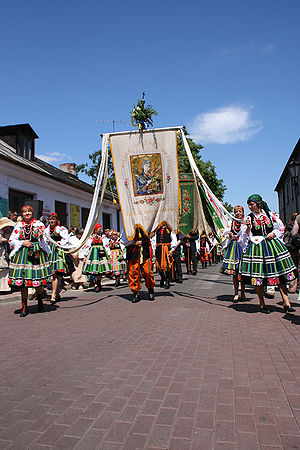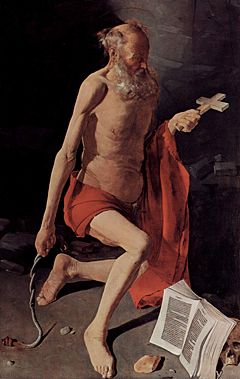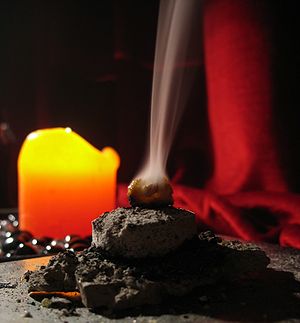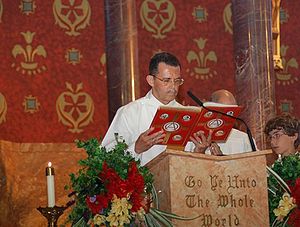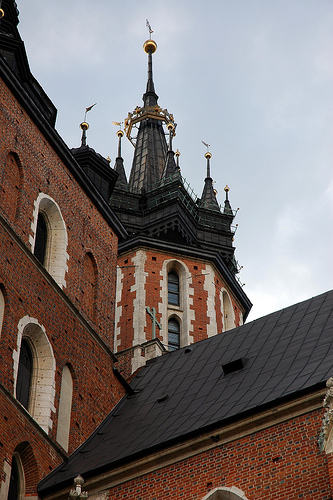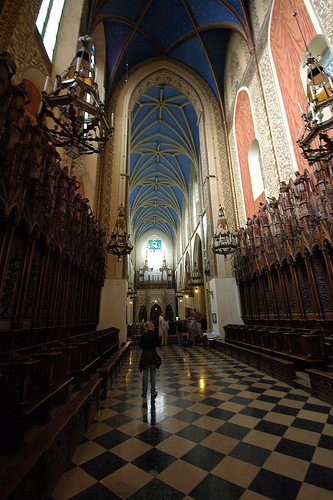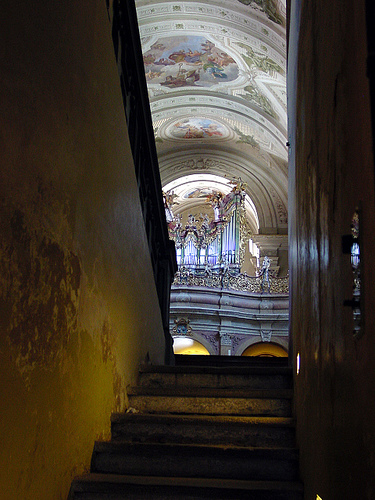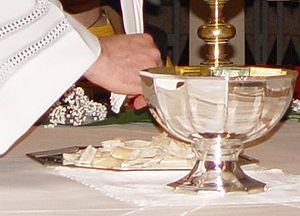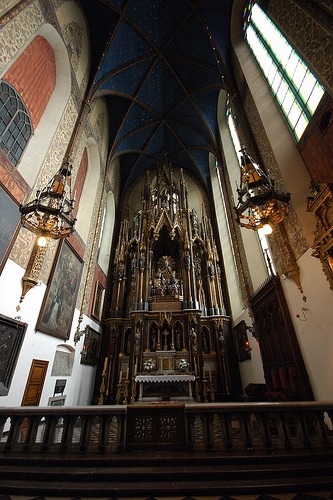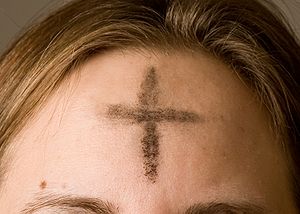My first, indirect exposure to Catholicism was in a friend’s living room in Knoxville, Tennessee sometime in the early 1990s. Several of us were staying over with this friends family, and as we sat talking that evening, she put on Enigma’s debut album, MCMXC a.D. It was the first time I’d really heard plainsong, though it was layered under so much sampling and shallow lyrics that I really didn’t know the power of what I was hearing. But I was curious: I wanted to hear pure chant, without all the drum machines and pan flute melodies.
It seemed such a simple idea: a single melody, often limited to a handful of individual tones, sung by dozens of voices. No harmonies; no differentiation whatsoever. Polyphonic choral music– the famous SATB — seemed overly complicated in comparison.
http://www.youtube.com/watch?v=d5p_U8J0iRQ&feature=related
